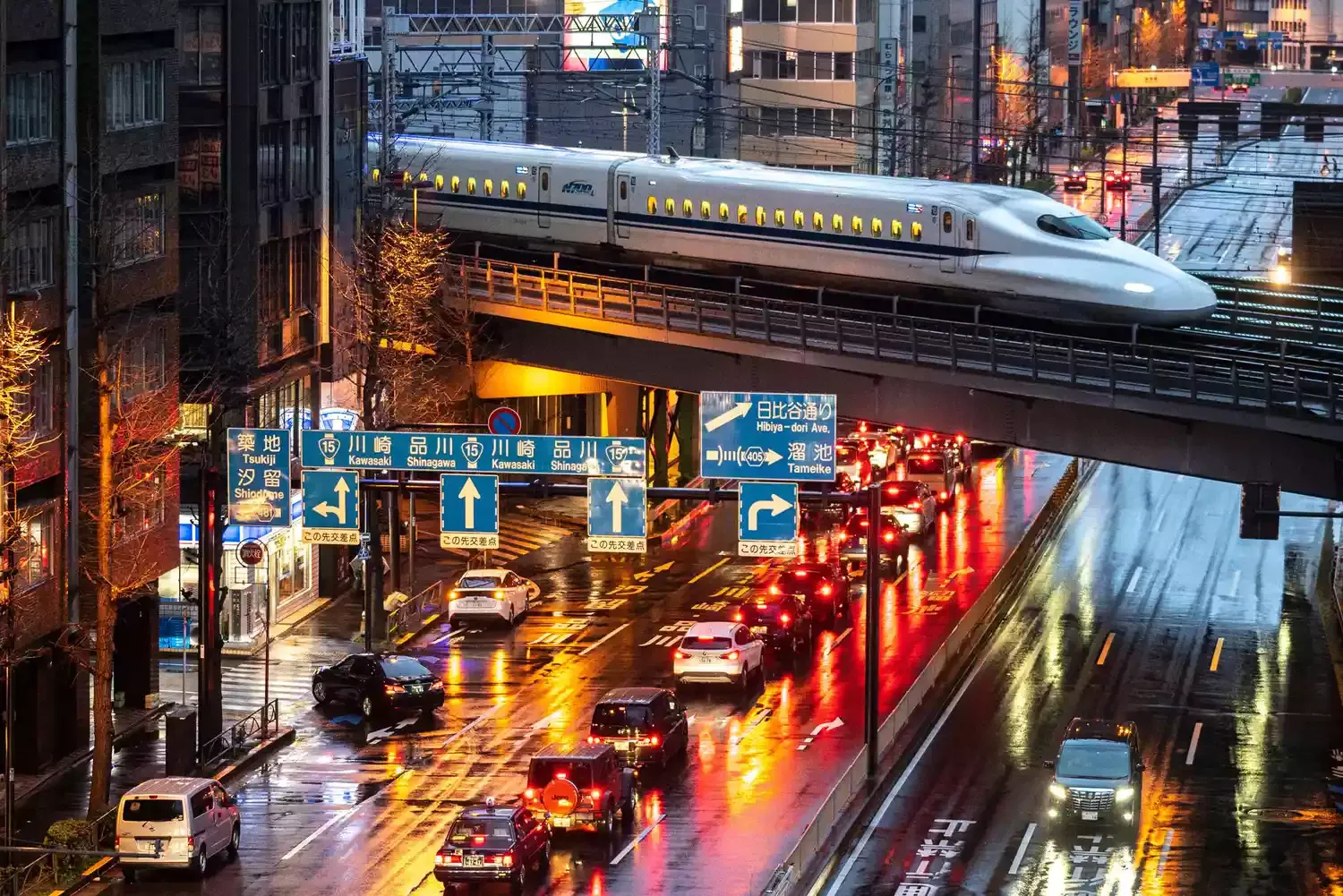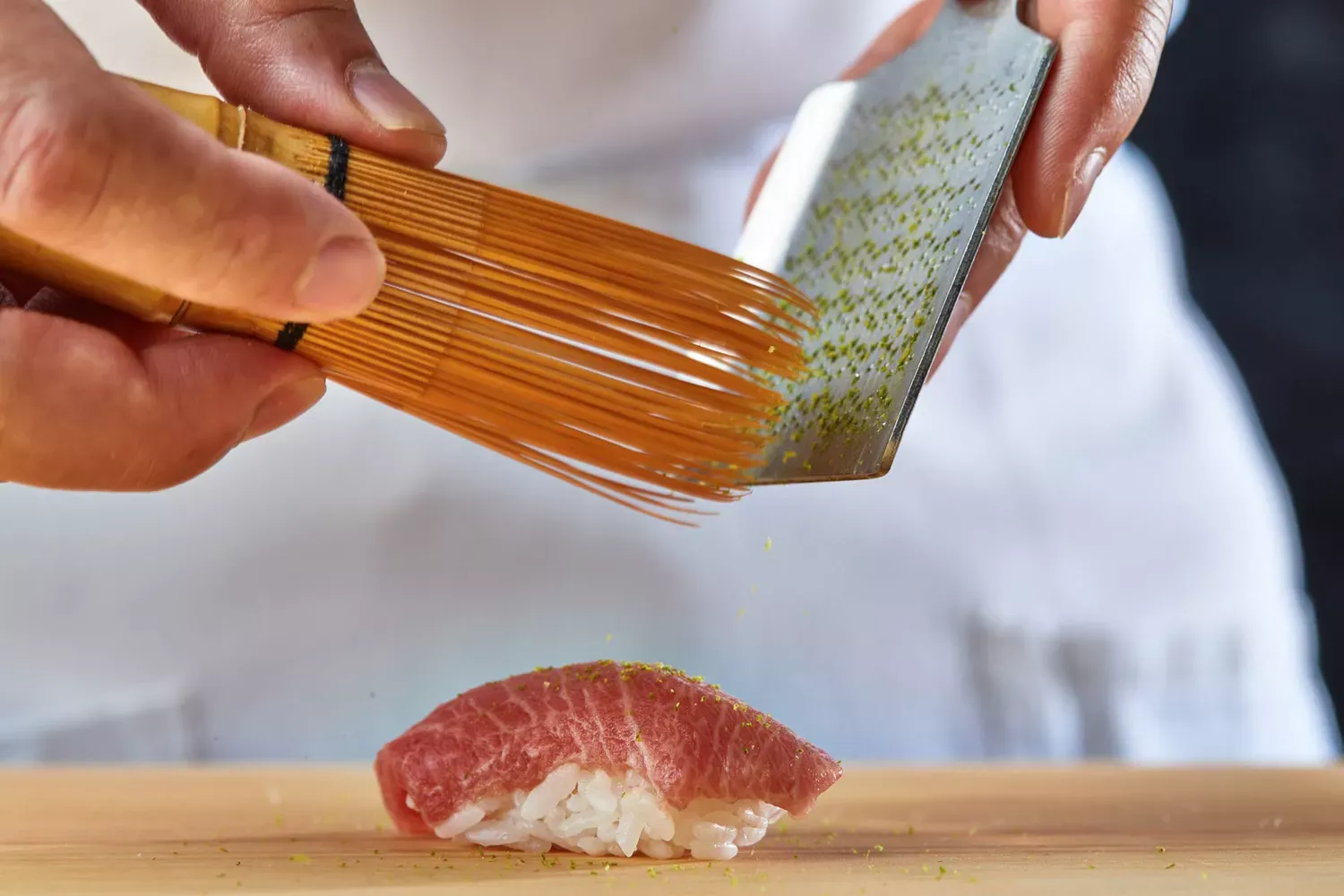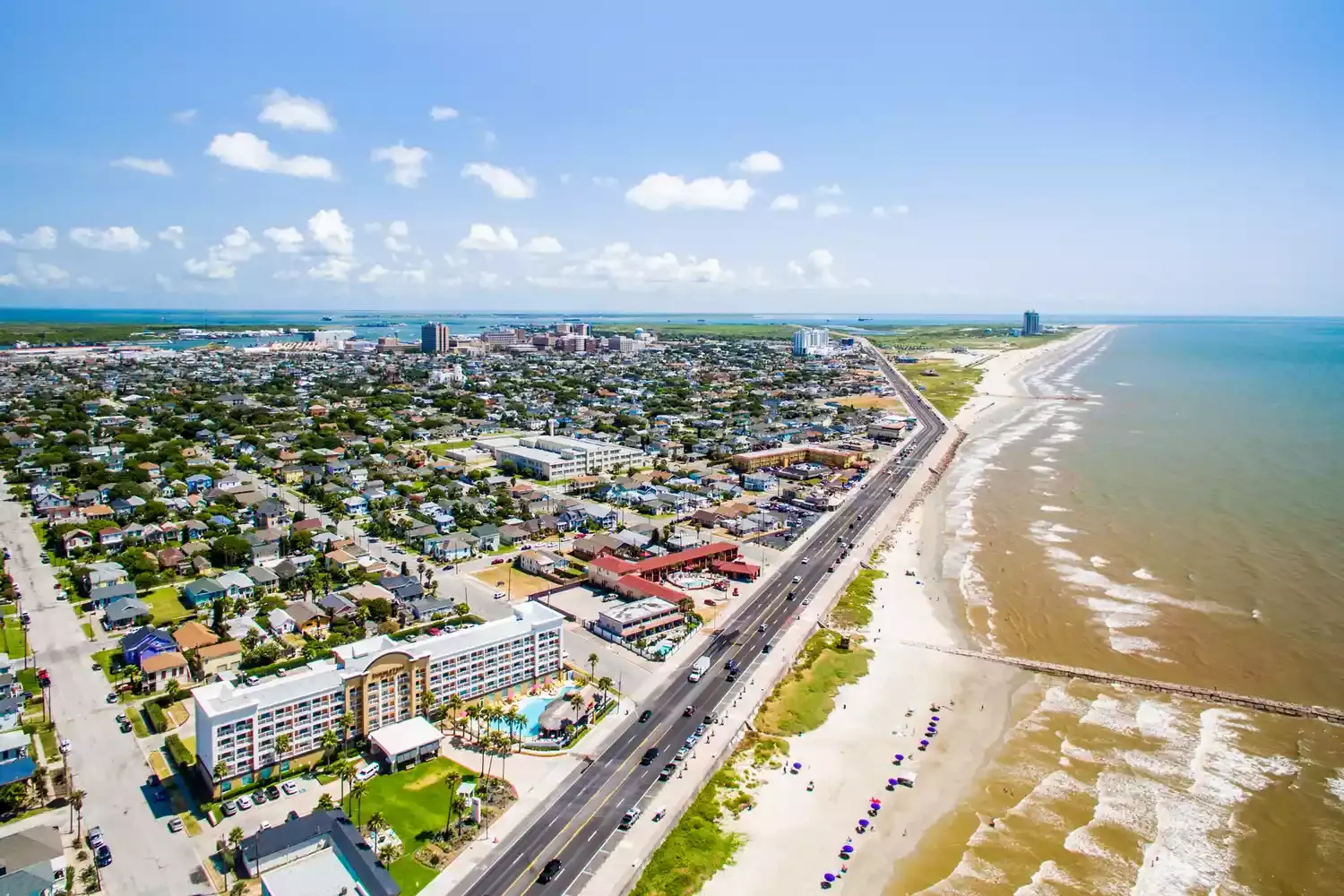
Explore Japan's iconic Shinkansen, or bullet trains! Discover their remarkable speed and punctuality, connecting major cities like Tokyo and Osaka. Uncover the advanced technology behind their smooth rides and learn about different train types and classes. Get tips on ticketing and reservations for a seamless travel experience. Understand the impact of high-speed rail on Japan's culture and economy.
A Brief History of the Bullet Train
The first Shinkansen, the Tōkaidō Shinkansen, began operation in 1964, just in time for the Tokyo Olympics. It connected Tokyo and Osaka, slashing travel time between the two major cities dramatically. The success of the Tōkaidō Shinkansen paved the way for further expansion, leading to a network that now spans much of Japan.
Types of Shinkansen Trains
Several different types of Shinkansen trains operate on various lines, each offering different speeds and stopping patterns. Here's a breakdown of some of the most common:
The Tokaido, Sanyo, and Kyushu lines have different types of trains with a variety of features, and here is a summary in the table below.
Train Name |
Lines Served |
Key Features |
Speed (km/h) |
|---|
Nozomi |
Tōkaidō and Sanyō Shinkansen |
The fastest service, stopping at the fewest stations |
Up to 300 |
Hikari |
Tōkaidō and Sanyō Shinkansen |
A slightly slower service than Nozomi, with more stops. Still quite rapid. |
Up to 285 |
Kodama |
Tōkaidō and Sanyō Shinkansen |
The slowest service, stopping at all stations. Ideal for local travel. |
Up to 285 |
Mizuho |
Sanyo and Kyushu Shinkansen |
Fastest service on the Sanyo and Kyushu lines, linking Osaka/Shin-Osaka and Kagoshima-Chuo |
Up to 300 |
Sakura |
Sanyo and Kyushu Shinkansen |
More stops than the Mizuho service, providing more coverage. |
Up to 300 |
Tsubame |
Kyushu Shinkansen |
Slowest service on Kyushu Shinkansen, stops at all stations, convenient for locals. |
Up to 285 |
Purchasing Shinkansen Tickets
There are several ways to purchase Shinkansen tickets:
Online: Many services, including the Japan Railways (JR) official website and third-party providers, allow you to book tickets online in advance. This is highly recommended, especially during peak travel seasons.
At Train Stations: You can purchase tickets at JR ticket offices (Midori-no-madoguchi) or from ticket vending machines located in major train stations.
Japan Rail Pass: If you're a tourist, the Japan Rail Pass can be a cost-effective option for unlimited travel on JR lines, including most Shinkansen services. Be sure to check the pass's validity and any restrictions. The Nozomi and Mizuho services usually require a supplemental fee even with the JR Pass.
Understanding Seating Classes
Shinkansen trains offer different seating classes, each with varying levels of comfort and amenities:
Ordinary Car: Standard seating, comfortable and spacious. Seats typically recline, and you'll find overhead storage and a tray table.
Green Car: First-class seating, offering wider seats, more legroom, and additional amenities such as footrests and complimentary refreshments (on some lines).
Gran Class: Available on some newer Shinkansen trains, Gran Class offers the ultimate in luxury with even more spacious seating, premium amenities, and dedicated attendants.
Riding the Shinkansen: What to Expect
Riding the Shinkansen is a smooth and efficient experience. Here's what to expect:
Punctuality: The Shinkansen is renowned for its punctuality. Trains typically arrive and depart on time, so be sure to arrive at the station with ample time to board.
Cleanliness: The trains are impeccably clean, with frequent cleaning services.
Comfort: The seats are comfortable, and the ride is generally smooth, even at high speeds.
Amenities: Onboard amenities typically include restrooms, vending machines, and Wi-Fi (though the availability and quality of Wi-Fi can vary).
Etiquette: Be mindful of other passengers. Keep noise levels down, avoid talking loudly on your phone, and refrain from putting your luggage on empty seats.
Tips for a Smooth Shinkansen Journey
Book in Advance: Especially during peak seasons (Golden Week, Obon, New Year's), book your tickets in advance to secure your preferred seats and travel times.
Arrive Early: Give yourself plenty of time to navigate the station and find your platform. Japanese train stations can be large and complex.
Pack Light: While there is overhead storage space, it can fill up quickly. Consider sending your luggage ahead using Japan's efficient luggage forwarding services.
Bring Snacks and Drinks: While there are vending machines onboard, you may prefer to bring your own snacks and drinks, especially for longer journeys.
Enjoy the Scenery: The Shinkansen offers stunning views of the Japanese countryside, so sit back, relax, and enjoy the ride.
The Future of Shinkansen
Japan continues to invest in and expand its Shinkansen network. New lines are being built, and existing trains are being upgraded with the latest technologies, including maglev (magnetic levitation) technology, which promises even faster speeds and a smoother ride. The Shinkansen remains at the forefront of high-speed rail innovation and a testament to Japan's commitment to efficient and reliable transportation.
By understanding the basics of the Shinkansen system, you can confidently navigate Japan's high-speed rail network and enjoy a seamless and unforgettable travel experience. Remember to plan ahead, book your tickets in advance, and embrace the efficiency and comfort that the bullet train has to offer. Safe travels!


















